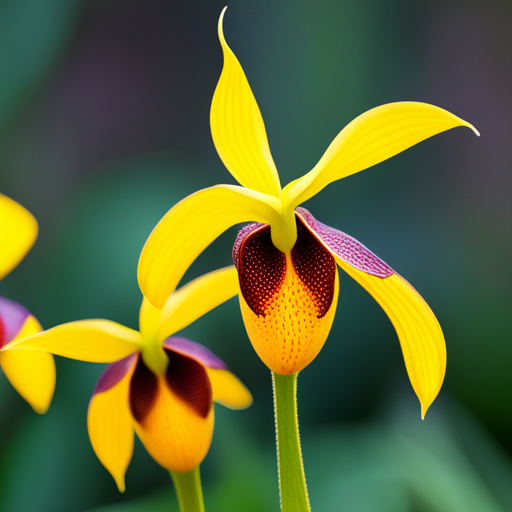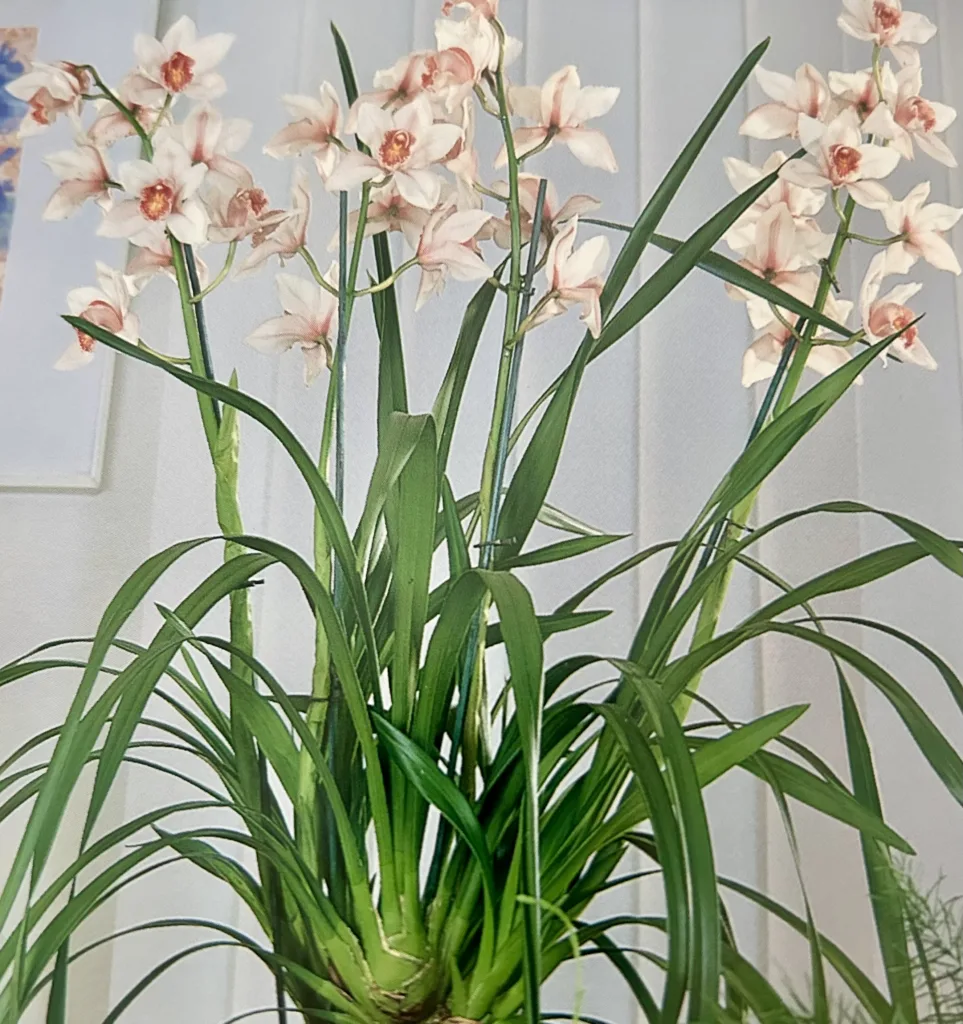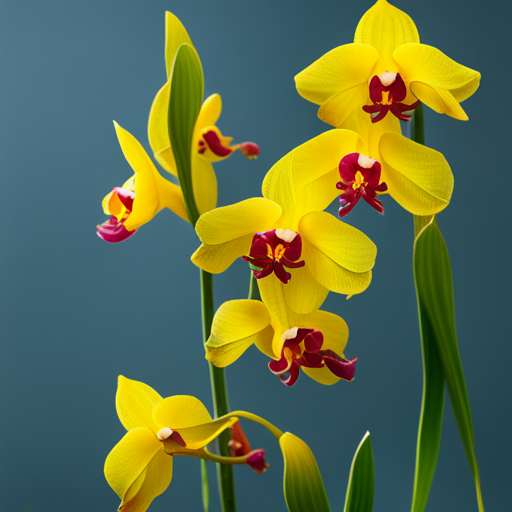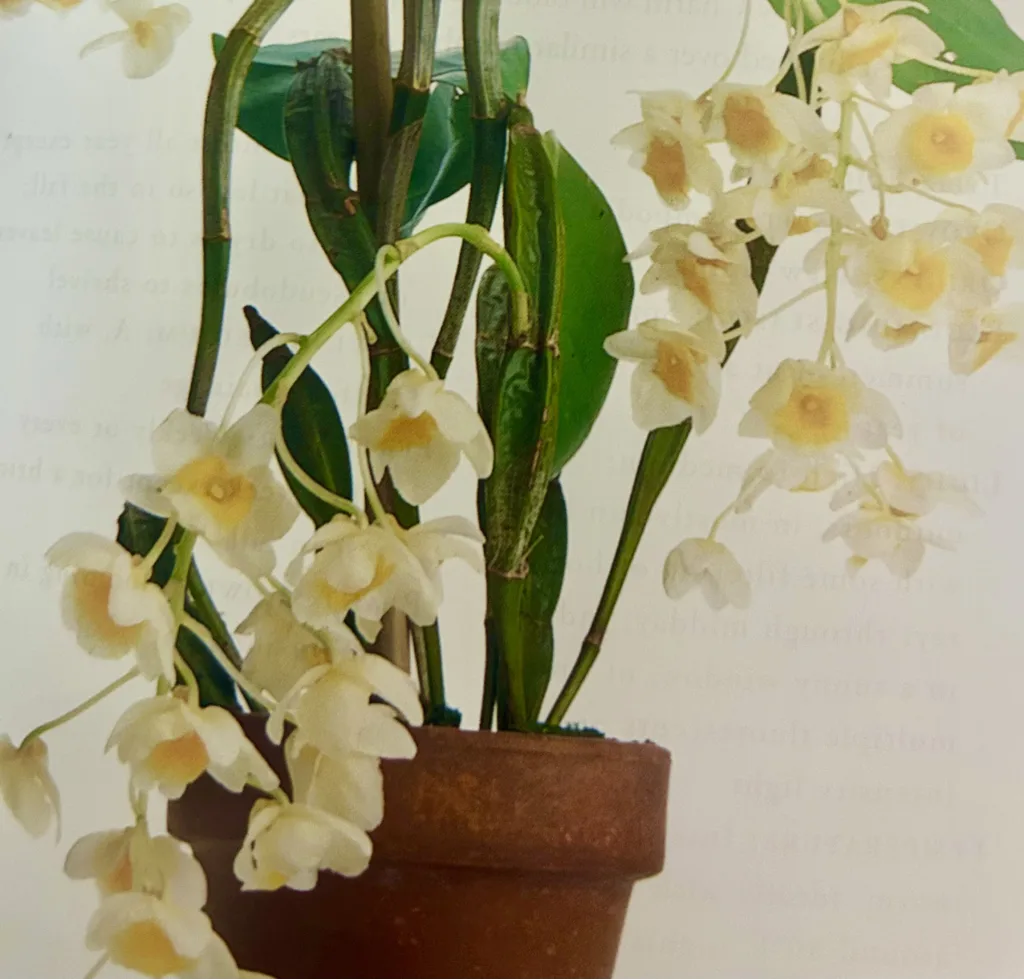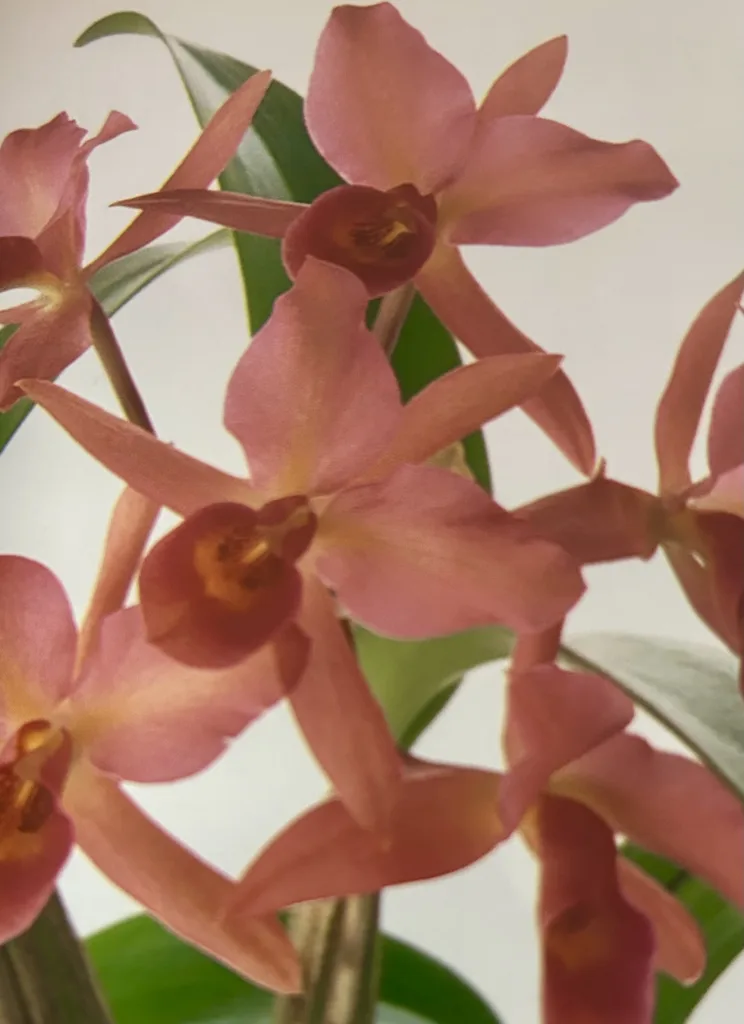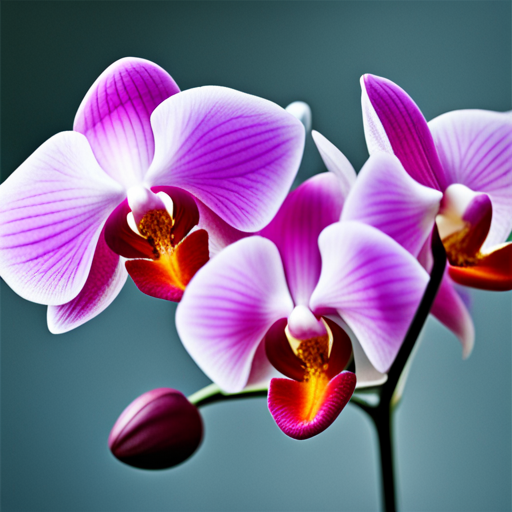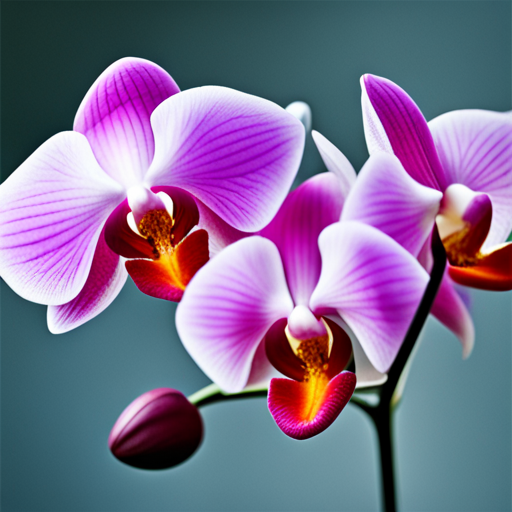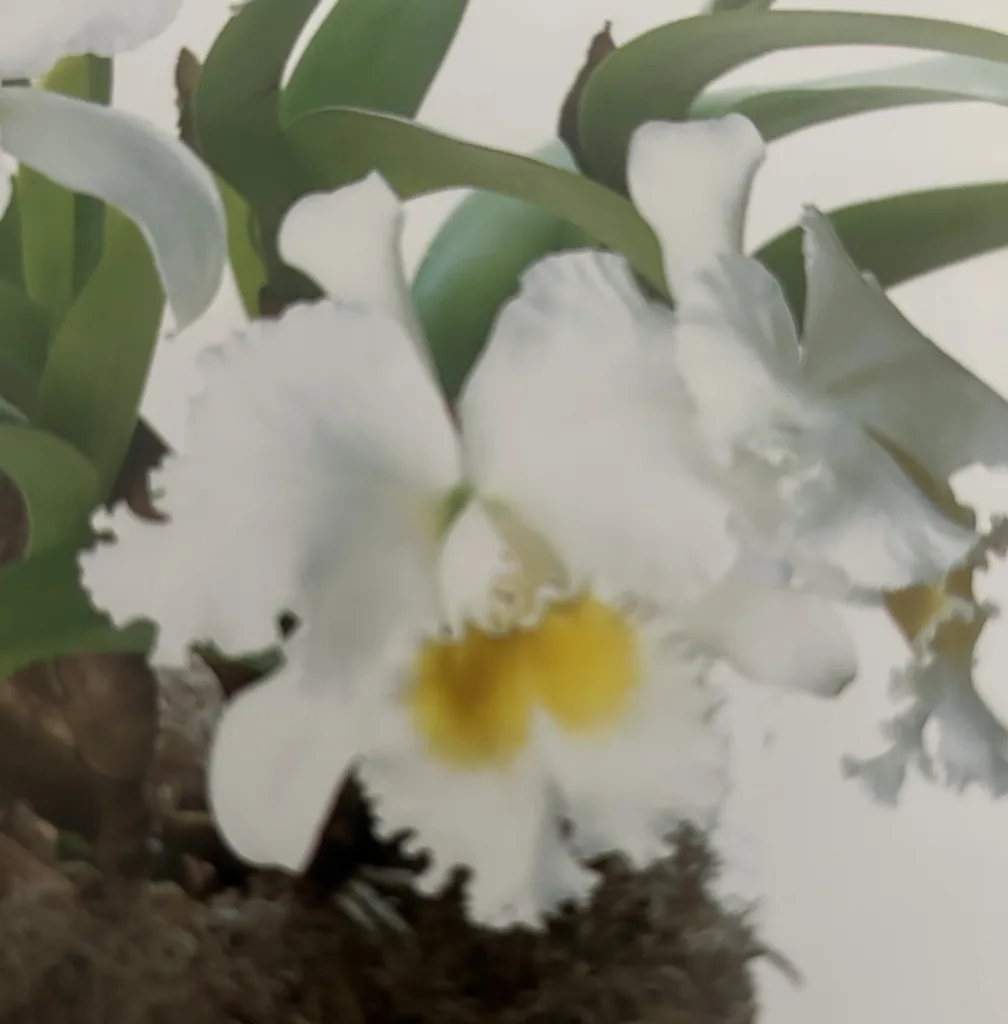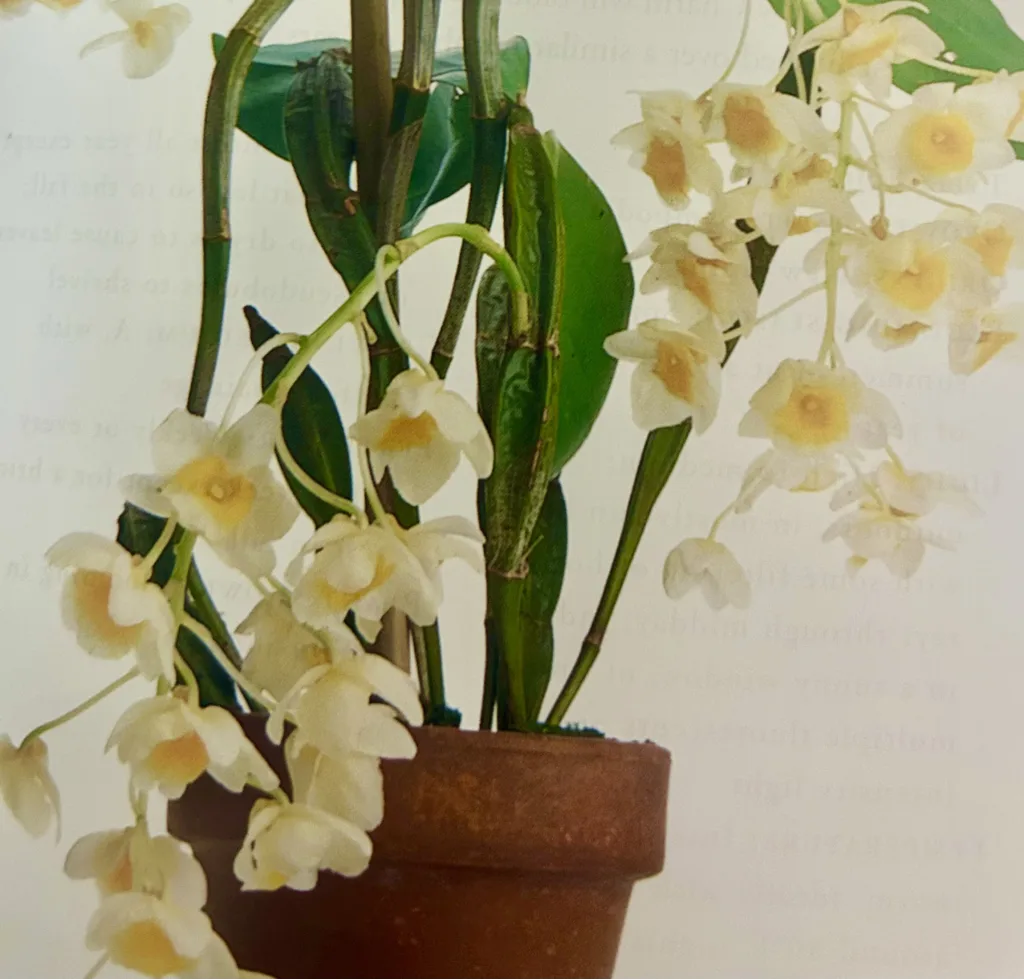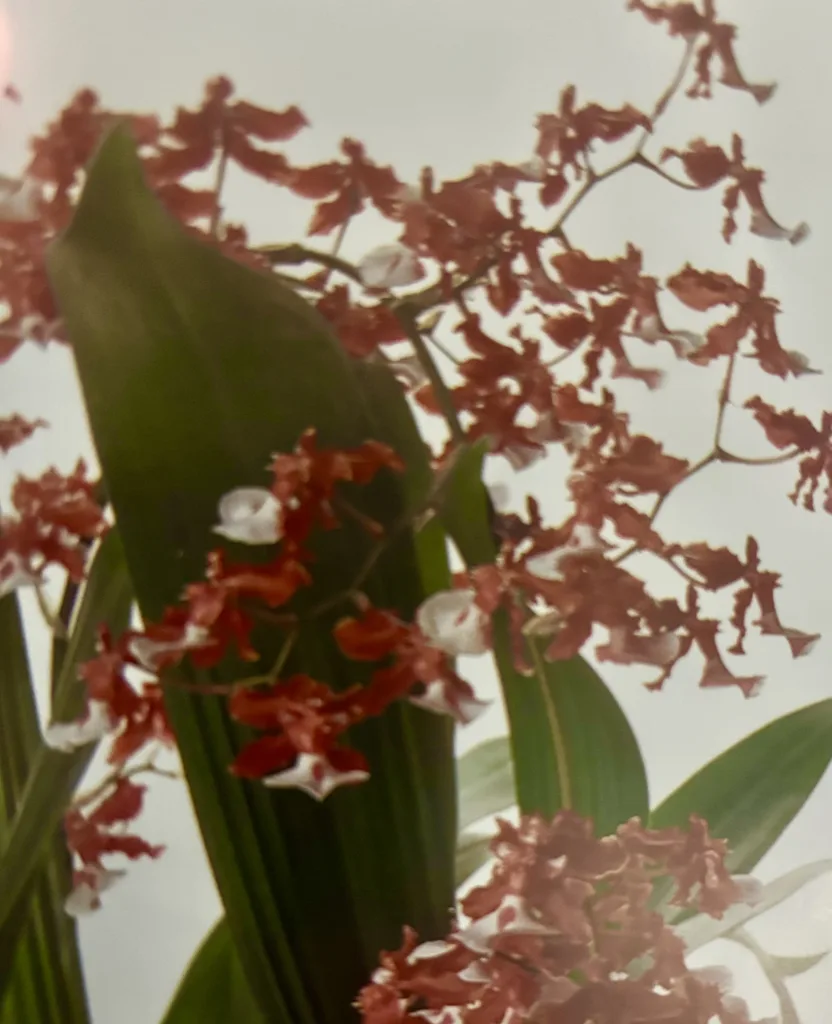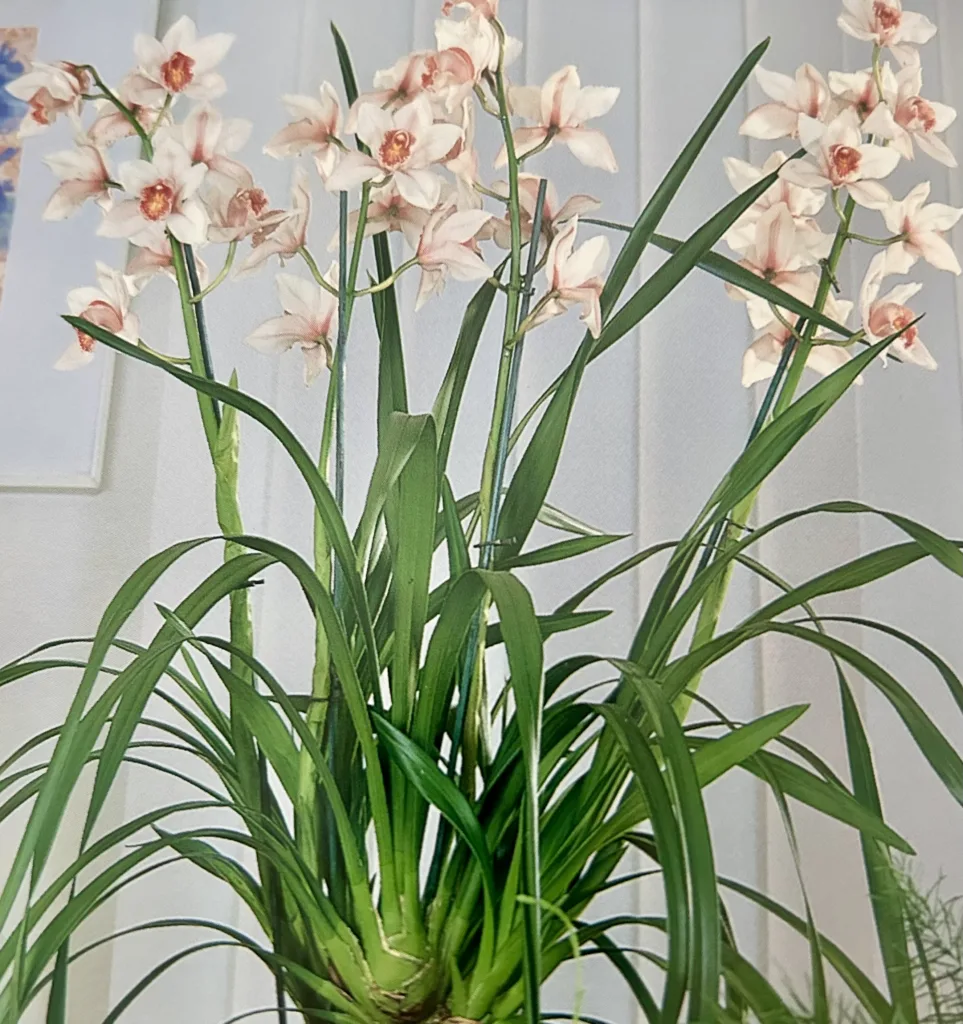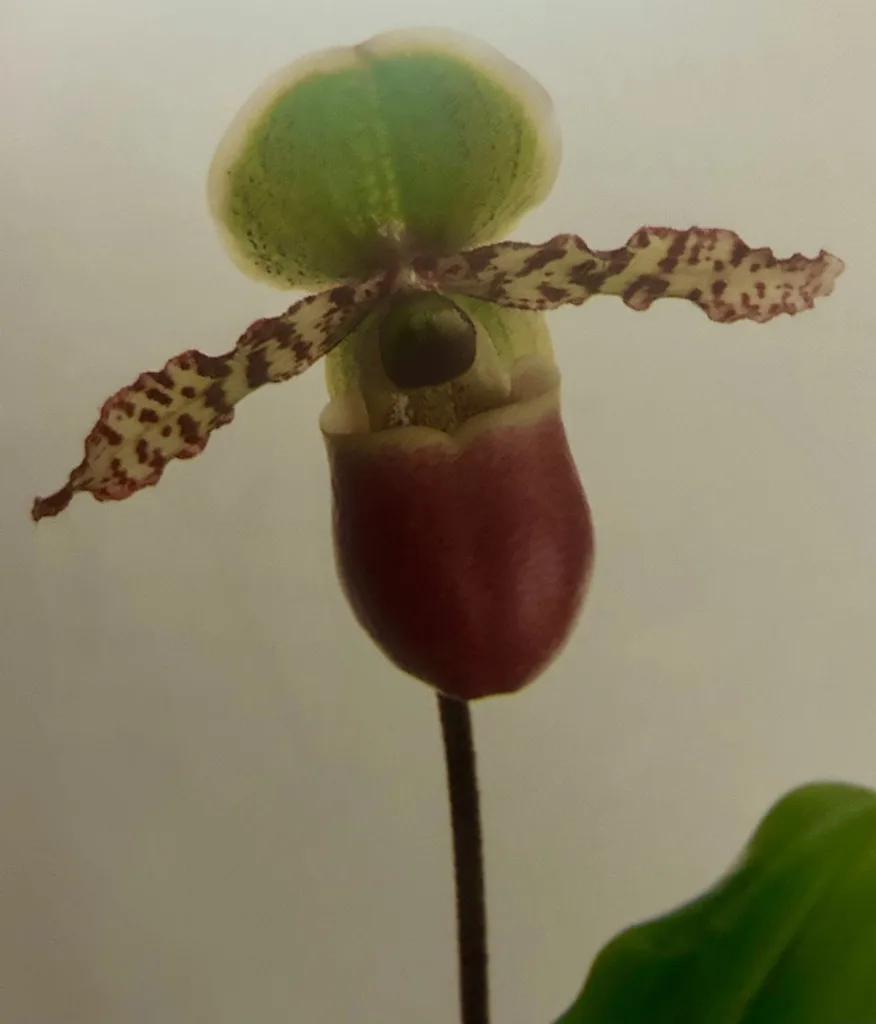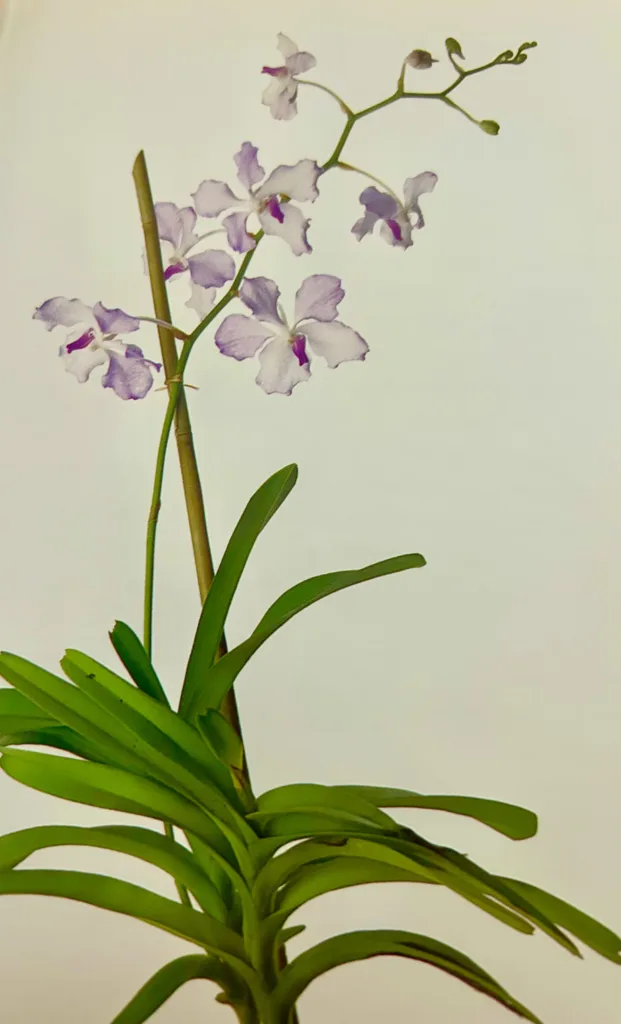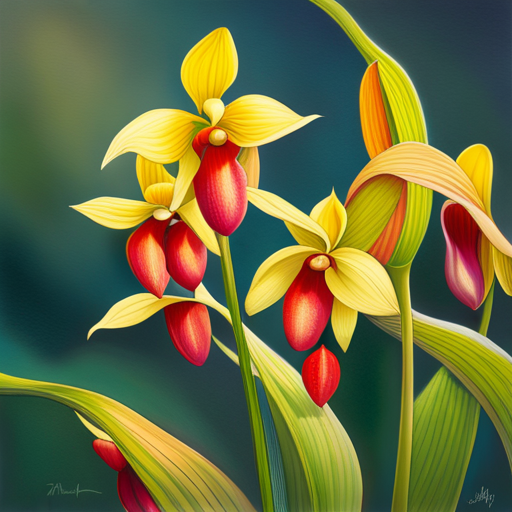
The beauty of lady slipper orchids is simply breathtaking. These elegant flowers are known for their unique shape and vibrant colors. However, growing lady slipper orchids can be a challenge, especially if you are new to orchid cultivation. I have created the ultimate post to growing these beautiful plants. In this post, we will share tips on how to grow lady slipper orchids, list different types of lady slippers, how to plant outside, soil type, water, fertilizer and how to divide and replant. By the end of this post, you’ll be well-equipped to care for these lovely orchids in your own garden.
Types of Lady Slipper Orchids
Before we dive into how to grow lady slipper orchids, a cypripedium, let’s start with the basics. There are over 50 species throughout America, Europe and Asia, each with its own unique characteristics. The most commonly cultivated varieties are the Pink Lady Slipper, White Lady Slipper, and Yellow Lady Slipper. Pink Lady Slipper is a native North American orchid with stunning pink blooms, while the White Lady Slipper has delicate white petals and a yellow center. The Yellow Lady Slipper is distinguished by its vibrant yellow blooms.
Growing Lady Slippers in a Pot Inside
Caring for Lady Slipper Orchids indoors requires careful attention to their natural habitat conditions. The first step is to choose a pot with ample drainage, as these orchids dislike water-logged roots. A blend of bark and sphagnum moss makes an excellent potting medium that mimics their natural growing environment. The pot should be placed in a well-lit area but out of direct sunlight, which can scorch the leaves. Regular watering is important but take care not to overwater. A good rule of thumb is to water when the top inch of the medium is dry. Maintain high humidity around the plant, which can be achieved by placing the pot on a tray filled with pebbles and water. Fertilize lightly during the growing season with a balanced orchid fertilizer. Remember, patience is key when growing lady slippers indoors as they take their time to produce their spectacular blooms.
Zone Type to Grow Lady Slippers Outside
When it comes to growing lady slippers outside, it’s crucial to understand the correct climate conditions they thrive in. Lady slippers are woodland plants native to temperate regions, making them suitable for outdoor cultivation in USDA Hardiness Zones 4-8. These zones provide the cool, woodland conditions that Lady Slippers prefer, with well-draining soil rich in organic matter. The site should have good air circulation but be sheltered from strong winds which can damage the plants. They prefer part to full shade, mimicking their natural woodland habitat. If you live within these zones and can provide these conditions, you stand a great chance of successfully growing Lady Slipper orchids outdoors.
Growing Lady Slippers Outside
For those interested in growing Lady Slipper orchids outside, the process varies slightly but still relies on replicating their natural environment as closely as possible. Choose a shaded or partially shaded location in your garden as these orchids naturally grow under the cover of trees. The soil must be rich in organic matter, well-drained, and slightly acidic. You can amend your soil with compost or well-rotted manure to increase its organic content and improve drainage. Keep in mind that Lady Slippers prefer cool roots, so a thick layer of mulch can help maintain a consistent temperature. When it comes to watering, ensure the soil remains moist but not waterlogged. A rain gauge can be a helpful tool to keep track of natural rainfall and adjust your watering schedule accordingly. Fertilize sparingly in the spring and early summer with a balanced fertilizer, then cut back during the hottest part of the summer and early fall. Lastly, remember that these orchids are slow growers. Patience is your ally when growing Lady Slippers outside. With proper care and attention, you’ll be rewarded with stunning blooms that add a touch of elegance to your garden.
How to Divide and Propagate Lady Slipper Orchids
Dividing and propagating Lady Slipper Orchids is a great way to multiply your collection and share these stunning flowers with friends and family. However, before you start dividing, make sure your orchid is mature and has at least six healthy growths or “eyes”.
To divide your Lady Slipper Orchid, choose a day in early spring when the plant is dormant. Begin by removing the plant from its pot or location in the garden. Rinse the roots carefully under running water to remove any soil or potting medium.
Then, using a clean, sharp knife or pruning shears, make a cut through the rhizome, ensuring that each division has at least three healthy eyes. Each of these will become a new plant.
After dividing, replant each division in fresh potting medium or a suitable location in the garden. Make sure to provide plenty of water and maintain a high humidity environment for indoor plants. Remember to be patient. It might take a season or two for the divided plants to establish and bloom.
This process can be repeated every few years to keep your Lady Slipper Orchids healthy and to continue growing your collection. Remember, Lady Slipper Orchids are slow-growing plants, so patience is key to successful propagation. With careful attention and a bit of time, you’ll be rewarded with a bounty of beautiful orchids.
Happy Orchid Gardening!
Growing lady slipper orchids can be a rewarding experience for any gardener. By following these tips on how to grow lady slipper orchids, you can enjoy their beauty for years to come. Remember to choose the right location, provide the right soil type, water the plant regularly and fertilize appropriately. With a little patience and care, your lady slipper orchids will thrive and reward you with their gorgeous blooms.
Please be sure to check out my Gardening Blog Post Page for more tips on all types of gardening. Including Seed Saving, Seed Starting, Orchids, Water Gardening, Coldframe Gardening, Indoor Bulb Gardening, Hydroponics, Container Gardening, Mums, Herbs, African Violets, planting Bulbs, Flower Gardening, Vegetable and Fruit Gardening, Indoor Houseplants of all kinds, Cactus, Succulents, Hanging plants, Deer resistant plants and even Bird, Bee, Butterfly and Hummingbird Gardens!

